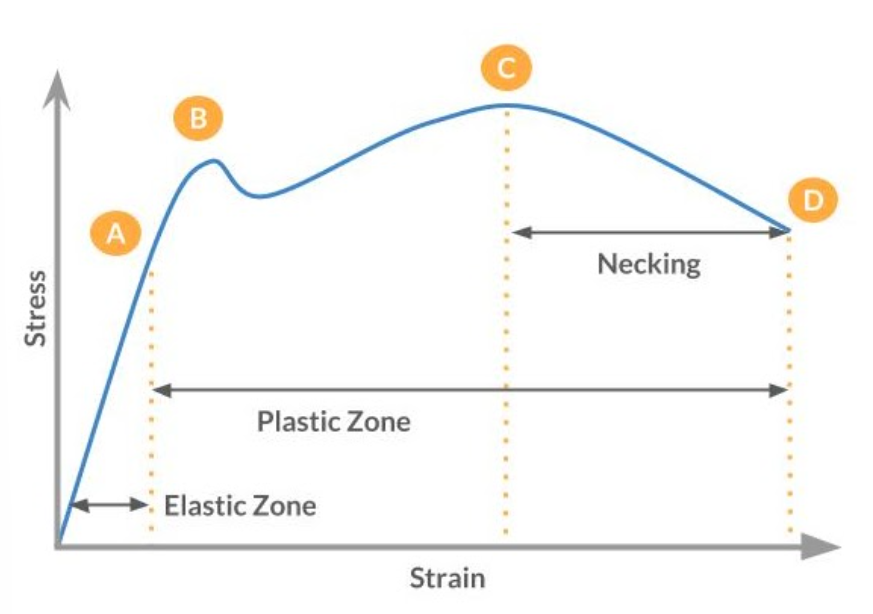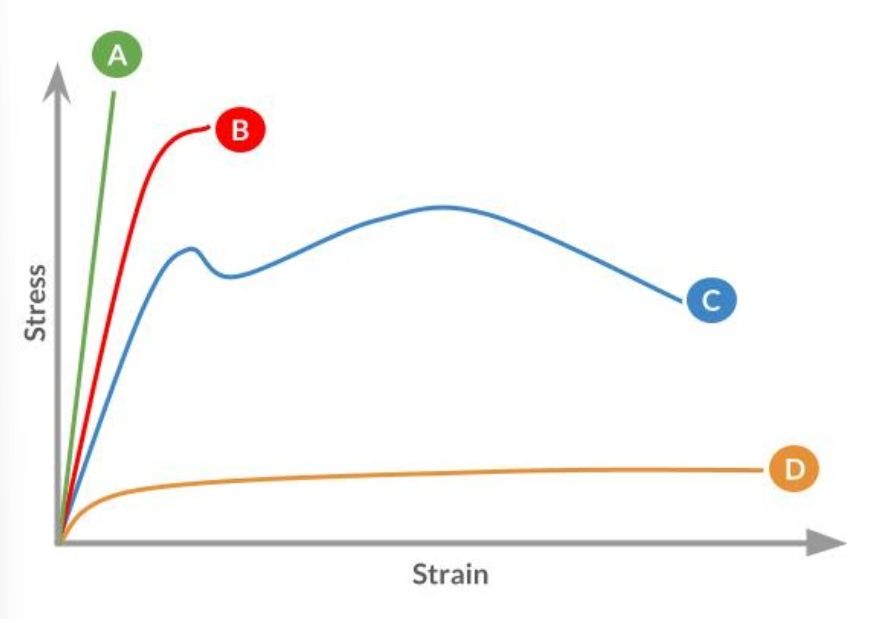IB DT: Topic 4.1: Properties of materials
1/28
Earn XP
Description and Tags
credits: https://sites.google.com/view/designandinquiry/dp-sl-design/topic-4-final-production/4-1-properties-of-materials
Name | Mastery | Learn | Test | Matching | Spaced |
|---|
No study sessions yet.
29 Terms
why do designers need to understand the properties of materials?
to select the most appropriate material to meet their design
what is a physical property of a material?
those that can be measured using non-destructive testing
what is mass?
the amount of matter contained in a space. constant (irrespective of gravity), measured in kg.
what is weight?
technically a force, measured in newtons (dependent on gravitational field)
what is volume?
the amount of 3 dimensional space a solid, liquid or gas occupies
what is density?
the relationship between mass and unit of volume. measured in mass/volume.
what is electrical resistivity?
a materials ability to conduct or resist electricity
what is thermal conductivity?
measures how fast heat moves through a material
what is thermal expansion?
the degree to which a material increases its dimensions when heated. different materials may expand at different rates.
what is hardness?
the resistance of a material to scratching or penetration
what is a mechanical property of a material?
those that are usually measured through some form of destructive testing
what is tensile strength?
the ability of a material to resist pulling forces
what is compressive strength?
the ability of a material to resist pushing forces
what is stiffness?
the ability to resist deflection (bending) by a force. the object can maintain its shape when a force is applied to it
what is toughness?
the ability to deform but resist cracking and not fracture under impact. if a material breaks into numerous small pieces when impacted, it has a low degree of toughness.
what is ductility?
the ability to be drawn or extruded into a wire-like form
what is elasticity?
the ability of a material to bend and then return to its original shape
what is plasticity?
the ability of a material to be formed into a new shape. when the material is bent or deformed beyond its yield it does not return to its original shape.
what is young’s modulus?
a measure of the stiffness of an elastic material. the ratio of stress to strain of a material as force is applied along its length. stress and strain are usually plotted on a graph, and show the relationship between the amount of force applied (stress) to how much the materials change in length.
stress is the tensile force applied to a given area
strain is the percentage of change in length when a force is applied to the initial length

what do the different regions of the stress-strain graph represent?
A to B: region of elasticity - if the material was stretched and then the force was released, it would return to its original shape
B: yield point: the point at which the material will no longer return to its original shape (it has now entered the plastic region)
C: ultimate tensile strength (uts) - the point at which the material can maintain a maximum load, after this point the material is moving towards its breaking (failure) point - necking occurs between points c and d
D- Failure point: this is the point at which the material actually breaks

what do these different stress-strain profiles show?
material a: represents a material that can withstand a great amount of force, but then fails suddenly. it is brittle, and would likely break into many pieces. glass or ceramics.
material b: represents a material that is strong, but not ductile. steel wires are very strong, but break suddenly. there is a small elastic zone.
material c: represents a material that is ductile, and could be extruded to create wires or cables
material d: represents a very plastic material, with almost no elastic zone, and a very large plastic zone.
what is an aesthetic property of a material?
those related to beauty and pleasure derived from a material. designers need to consider the aesthetic properties of the materials they choose, and how these are perceived by different users.
what are smart materials?
reactive materials - they change their properties when exposed to stimuli such as electrical charges, moisture, or temperature.
what is a piezoelectric material?
a material with the ability to release an electric charge when deformed. when an electric current is passed through a piezoelectric material its volume will increase or it will vibrate.
what is a shape memory alloy (sma)?
smas have a pseudo-elastic property that allows the body to return to its original shape after deforming. their shape changing property can be stimulated by either a change in temperature or the application of an electrical current. when the load is released, the body returns to its original shape.
what is photochromacity?
the ability to change colour when exposed to light
what does it mean if a material is magneto-rheostatic?
fluids that undergo a change in their viscosity when a magnetic force is applied. they can change from a thick fluid to a solid almost instantly.
what does it mean when a material is electro-rheostatic?
fluids that undergo a change in their viscosity when an electrical force is applied. the change can be almost instantaneous.
what is thermoelectricity?
two different conductors, that when joined together generate electricity when heat is applied. the materials of the conductors determine the amount of electricity generated.